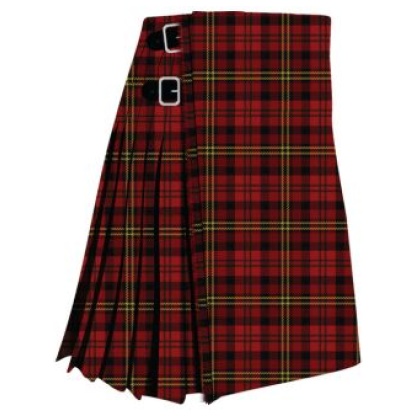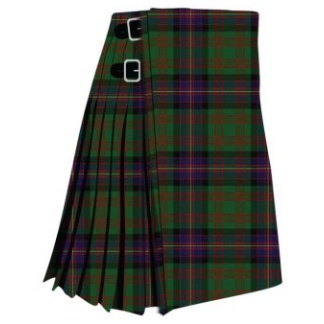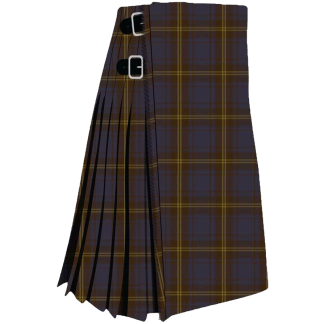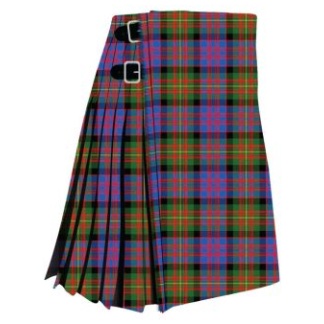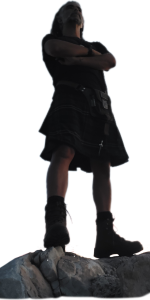Clan Davis Modern Tartan Kilt
$99.00
The history of the Clan Davis Modern Tartan Kilt is a bit more challenging to trace because the name “Davis” is not typically associated with traditional Scottish clans and tartans. Clan tartans are typically linked to distinct Scottish clans or families with their own unique histories and traditions. It’s possible that a “Davis” tartan exists, but it’s likely to be a modern or personal creation rather than a traditional clan tartan with a long historical lineage.
In Scotland, tartans are traditionally associated with specific clans or regions, and each tartan has its own unique history and symbolism. Many clans have their own tartans with designs that often incorporate colors and patterns associated with their heritage. These tartans have evolved over centuries and are often associated with Scottish clans’ distinct histories, loyalties, and geographic locations.
